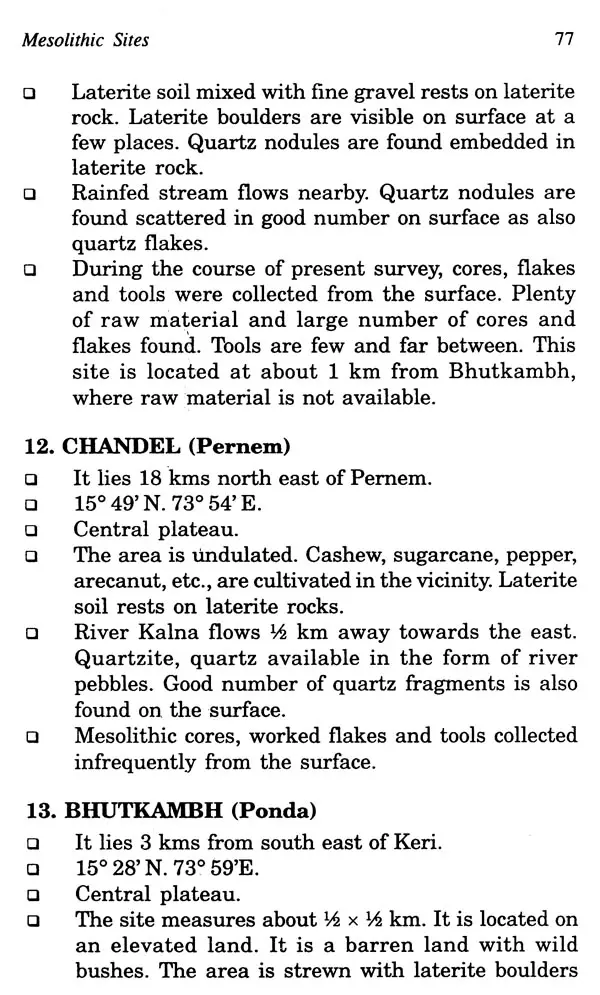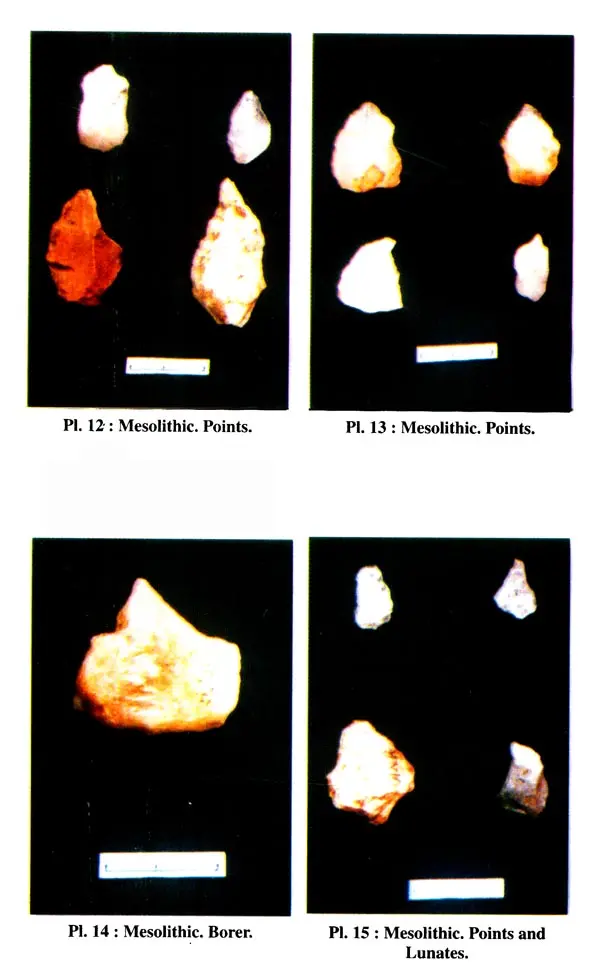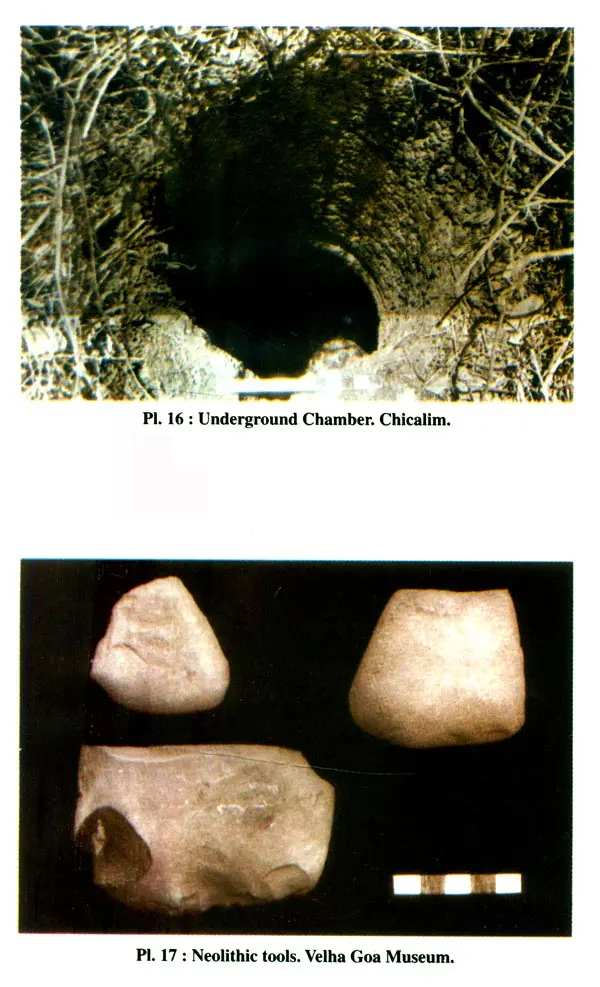About the Book This book is based on the systematic and extensive fieldwork carried out in Goa, which brought to light numerous sites ranging from the Lower Paleolithic to the Early historic period. Taking into consideration the evidences collected during the present survey. the sites known earlier, their environment, the distribution pattern and sea level fluctuations, a sincere attempt has been made to reconstruct the cultural development of the region. The sites located in the adjoining regions of Karnataka and Maharashtra have also been studied. The effort has resulted in establishing a broad outline of cultural development from the prehistoric to the early historic times in Goa.
About the Author M. Nambirajan (1963) belongs to Tirunelveli in Tamil Nadu. He obtained his Masters degree in Ancient History and Archaeology from the University of Madras in 1985 and P.G. Diploma from the School of Archaeology, New Delhi in 1986. He did his Ph.D under Prof. A. Sundara in the Department of History and Epigraphy of the Karnataka University, Dharwar. He joined the Archaeological Survey of India in 1987. Many of his research papers are published in national and international journals. Presently he is working as Superintending Archaeologist in the Archaeological Survey of India.
Foreword 1960s is an important period in the History of Earchaeological researches in Goa region. In 1964, the Archaeological Survey of India undertook large-scale conservation and restoration work to the magnificent monuments i.e. the churches of the early Portuguese period in old Goa. At the same time a programme of village-to-village survey of archaeological and historical remains in the region, was initiated. Later, a regular and permanent office of the Archaeological Survey of India, namely Goa Mini Circle, was established. An Archaeological Museum was reorganized on scientific lines. The Circle office since then is systematically carrying out both, conservation of all the monuments, declared protected by the Survey, and exploration of archaeological remains. There is also a Dept. of Archives, Archaeology and Museums, Government of Goa. In early 1990s at the dynamic initiative of Dr. S.R.Rao, a retired Superintending Archaeologist of the Survey, a Marine Archaeology Wing was established in the National Institute of Oceanography, Dona Paula, Goa. The Under Water Archaeology work along the Indian coasts that is being carried out by the Wing is known all over the world. Thus, by and by, an academic atmosphere for archaeological research was built up encouraging higher research and study in Archaeology.
Introduction Goa is located in middle Ratnagiri and Sawantwadi districts of North, Belgaum and Dharwad districts of Karnataka on the East and Uttara Kannada district on the south form boundaries On the west Arabian Sea forms the boundary. The State extends 60 kms East-West and kms North-South and covers an area about 3610 Sq.kms.
Perched the western slopes the Sahyadri Mountains, Goa is known beauty swaying groves, silver sand beaches. Variously called the Goa, Rome the East, etc., it attracted the attention of foreign travellers, Arab merchants, Indian European rulers alike.
In Gudea records datable B.C. in city-state of Lagash Gubi. Dhume (1985:118) identified Goa suggested Gubi the source word Goa.






















